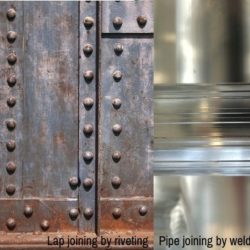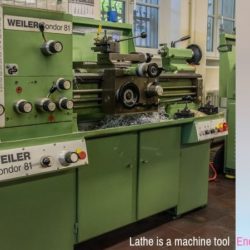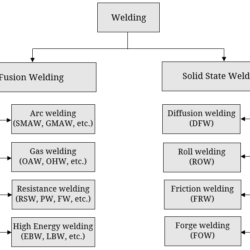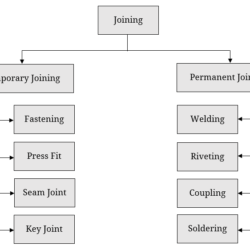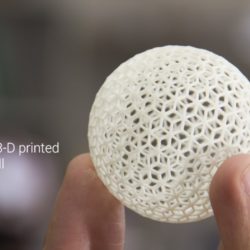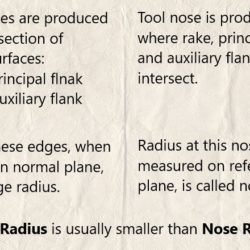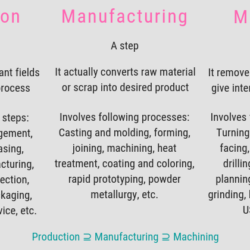Difference Between Weld Joint and Rivet Joint
Joining is an integral part of manufacturing as it facilitates easy, efficient and economic production of intricate shaped parts. Basic purpose of joining is to assemble two or more solid components together in such a way that it can form a single unit and can subsequently perform intended functionalities. To serve this purpose, a number of joining processes has evolved throughout the ages that can join structural members in different
